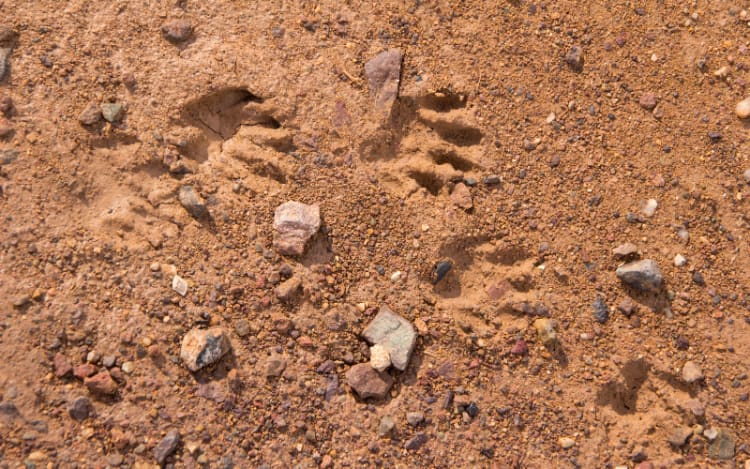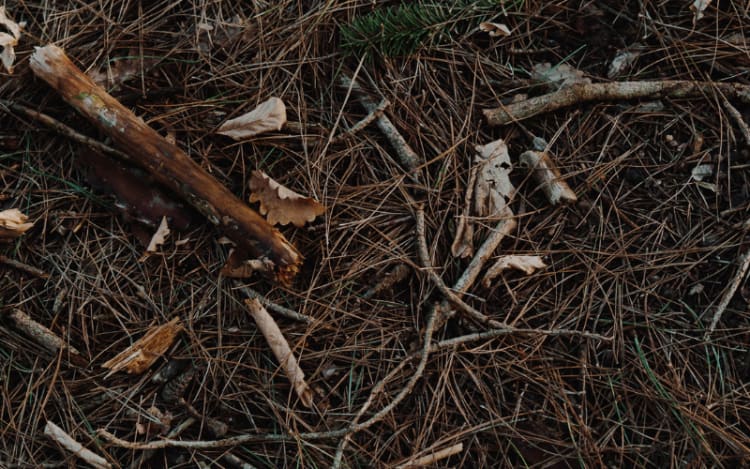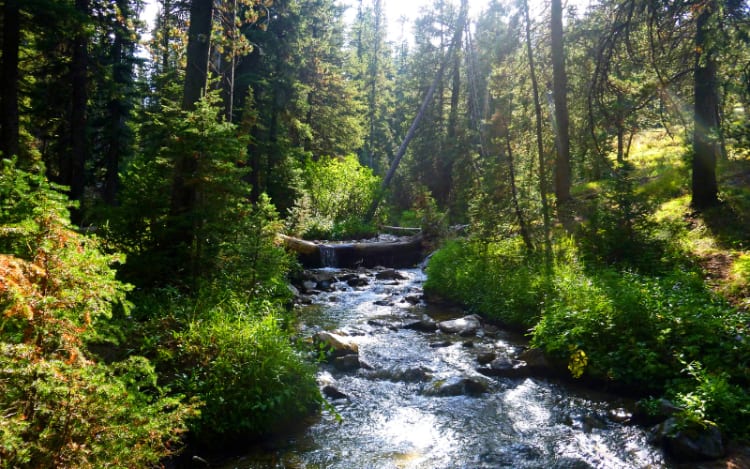Hunting Better Starts with These 10 Tips
Hunting Better Starts with These 10 Tips

Hunting ain’t just about pulling the trigger; it’s about reading the wild like a book. Tracking is the key to finding your game, whether you’re after deer, elk, or something smaller. These 10 tips will help you spot signs, stay sharp, and up your hunting game. From old-school tricks to stuff I’ve learned the hard way, here’s what every hunter needs to know to track like a pro.
1. Look for Fresh Tracks

Fresh tracks are your best friend. Check for clear, sharp edges in the dirt or mud—old tracks get worn or crumbly. Last fall, I followed some deer prints that looked fresh but were half-filled with leaves. Wasted half a day. Stick to tracks that scream “I was just here!”
2. Follow the Poop Trail

Yeah, scat’s gross, but it’s a goldmine. Fresh droppings are soft and shiny, meaning your game’s close. Older stuff’s dry and dull. Elk pellets are bigger than deer, so know what you’re hunting. It’s like a treasure map, but stinkier.
3. Spot Broken Twigs

Snapped branches or bent grass show where animals have been. Look low for deer, higher for elk. Check if the break’s fresh—green inside means recent. I once found a buck’s path ‘cause a twig was still oozing sap. Keep your eyes peeled for these clues.
4. Use the Wind Right

Animals smell you before they see you. Always move with the wind in your face so your scent doesn’t spook ‘em. I learned this the hard way when a big ol’ boar bolted ‘cause I didn’t check the breeze. Don’t let your stink give you away.
5. Check for Rubs and Scrapes

Bucks rub trees and scrape dirt to mark territory. Fresh rubs have raw, light-colored wood; scrapes have kicked-up soil. Find these, and you’re close to a deer hangout. It’s like their version of leaving a Post-it note.
6. Listen for Sounds

Your ears are as good as your eyes. Rustling leaves or snapping twigs can mean game nearby. Once, I heard a faint grunt and froze—ended up spotting a buck 50 yards off. Stay quiet and tune in to the woods’ soundtrack.
7. Watch for Bedding Spots

Flattened grass or leaves in a cozy spot means an animal’s been napping. Deer beds are oval, about the size of a big dog. Find one, and you know where they crash. Just don’t expect ‘em to be there mid-day—they’re smarter than that.
8. Track Early or Late

Dawn and dusk are prime time for animal movement, so tracks are fresher then. Midday’s usually a bust ‘cause critters are chilling. Hit the trail when the sun’s low, and you’ll have better luck picking up the good stuff.
9. Don’t Ignore Water

Animals need to drink, so creeks, ponds, or muddy spots are hotspots for tracks. Look for prints in the soft ground near water. I’ve had my best luck staking out a little stream where deer hit up regular. Water’s like their coffee shop.
10. Practice Paitence

Tracking ain’t a race. Slow down, look close, and don’t rush. Miss a sign, and you’re lost. I’ve spent hours following faint elk tracks, but when you finally spot that prize, it’s worth every darn second. Patience is your secret weapon.
More Galleries
